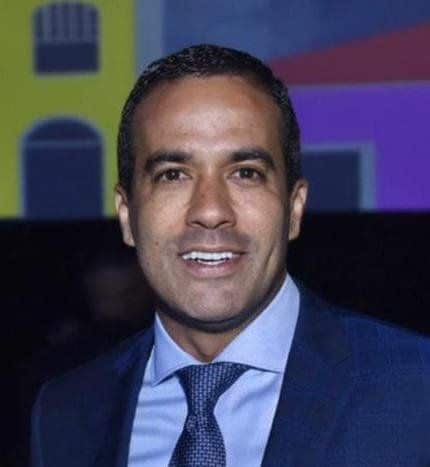Committed to protecting its urban forests, Salvador seeks to engage its residents in increasing urban canopy cover through the Planting Forests program.

Committed to protecting its urban forests, Salvador seeks to engage its residents in increasing urban canopy cover through the Planting Forests program.

Since 2013, the Municipality of Salvador has initiated several projects to transform the city into the “capital of Brazil’s Atlantic Forest,” including creating more than 17 square kilometers of new protected areas in the city and planting more than 60,000 native trees. These projects strengthen the city’s commitment to urban forests by engaging citizens with planting activities through the Caravan of the Atlantic Forest, increasing the number of trees planted and making maintenance easier through Operation Planting in the Rain and increasing citizen’s awareness and green spaces in the city through the Planting Forests project.
For the next four years, Mayor Reis’ administration will develop programs to boost ecosystem services, ensure the sustainability of communities and strengthen ecosystems in the city by creating new green areas, establishing ecological corridors, expanding urban afforestation and increasing the area of urban forests. These programs will include expanding the city’s “System of Environmental and Cultural Value Areas” and strengthen environmental and climate education in order to increase communities’ climate resilience and, at the same time, engage more residents and business leaders in the fight to preserve and maintain forests.